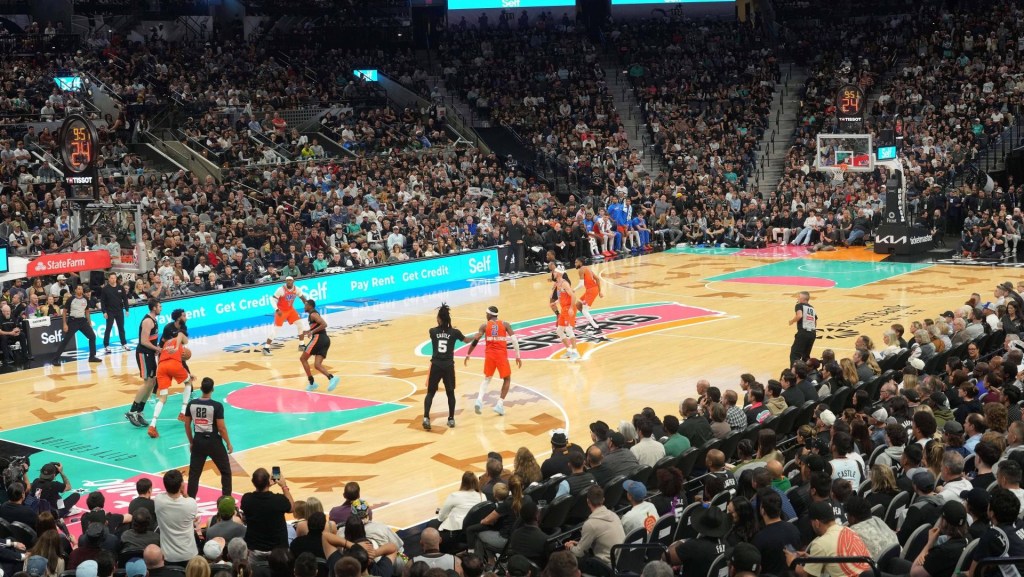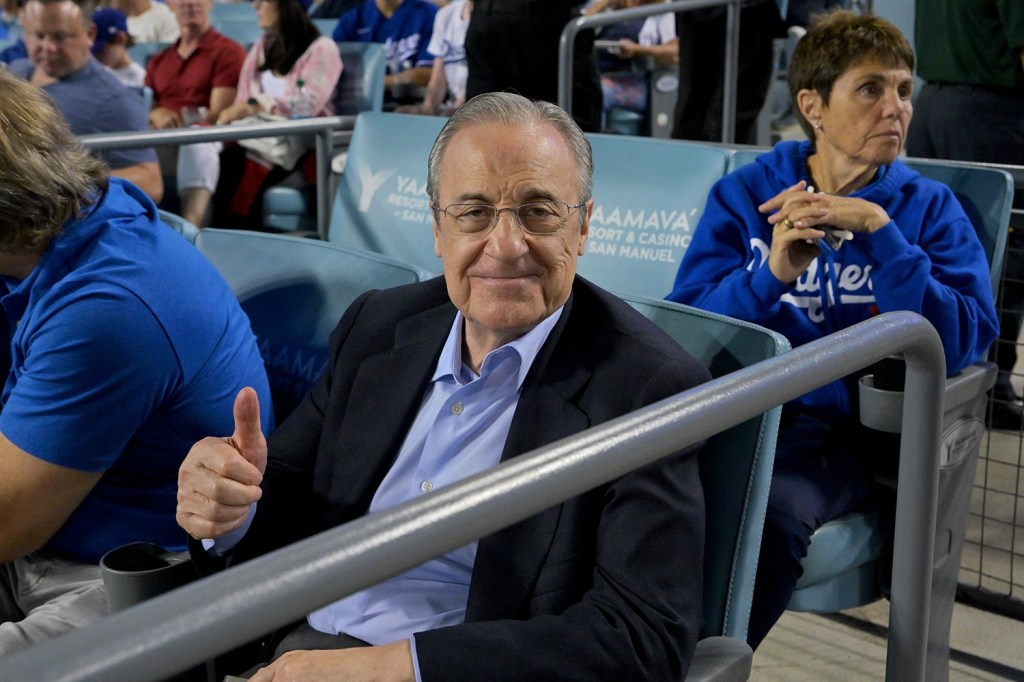
MLS saw increases nearly across the board in terms of content consumption by fans during its 2019 season, highlighted by the setting of several new league records on digital and social platforms.
However, despite the uptick in fan interest in the league’s content, average attendance dropped for the second consecutive season.
“Looking back at the year and linear and digital consumption, we think there is positive momentum on our side,” said Seth Bacon, MLS senior vice president of media.
On linear television, MLS saw growth across its U.S. English language partners.
In total, broadcasts of MLS by ESPN networks had a 2% increase in viewership year-over-year, averaging 246,000 viewers across 31 matches. That is up from an average of 241,000 viewers across 31 matches in 2018.
On ESPN specifically, the 25 broadcasts averaged 266,000 viewers, up 7% year-over-year. The six telecasts on ESPN2 had an average viewership of 164,000.
MLS broadcasts on FS1 averaged 160,000 viewers, up 5% year-over-year compared to a 153,000 viewer average in 2018. Several matches were also broadcast on FOX proper – including what is currently the league’s second highest-viewed regular season match of all time, which came on July 7 between Atlanta and New York Red Bulls. That MLS match followed the FIFA Women’s World Cup Final on FOX.
On MLS’s U.S. Spanish language broadcast side, Univision saw its average viewership drop 17% to 238,000 viewers per match. Univision had ended its dispute with Dish three weeks into the MLS season, which impacted some of what are traditionally the most-viewed MLS matches like the season opener.
Bacon said the league expects to see viewership growth across its playoff broadcasts this season as well – all of MLS’s postseason matches are aired by its national broadcast partners, and this year’s MLS Cup final will have its broadest distribution ever, airing on ABC Network and Univision Network in the U.S.
MLS also saw strong growth across its digital and social platforms during the 2019 season.
In total, the league’s social channels had 2.2 billion impressions in 2019, up 38% compared to 2018.
The league found success with video content this season, drawing more than 777 million video views across all of its channels, an increase of 132% compared to 2018.
To date, 23 matches have also been streamed on Twitter, drawing 15.3 million viewers and 7.2 million minutes watched.
But while MLS saw its total attendance rise to 8,694,584, average attendance for the club’s slipped.
While a variety of factors contributed to that – for example, Minnesota United’s move to its new Allianz Field, where it sold out every match, had its seating capacity drop by more than 2,000 seats – the majority of clubs in the league saw attendance drops. In total, 17 MLS clubs had year-over-year declines and five had increases.
MLS clubs averaged 21,330 fans per game in 2019, compared to 21,873 in 2018, a decline of roughly 2.5%.
It marks the second straight year that MLS has seen a decline in average attendance since setting a record in 2017 when the league’s clubs average 22,106 fans per game.
Atlanta United led the league in attendance for the third straight year with 52,510 fans per game – although the club did see a 1% decline year-over-year in average attendance.
FC Cincinnati average 27.336 fans per game in its first season in MLS, the third-highest mark across the league.
Portland and Columbus had the largest year-over-year increases at 19% each – Portland opened an $85 million expansion of Providence Park this season, while Columbus saw an uptick in attendance following the acquisition of the team by the Haslams.
Chicago and Minnesota saw the largest declines in attendance, each dropping 17% year-over-year – although Minnesota’s decline is solely due to its venue change.




![[US, Mexico & Canada customers only] Dec 5, 2025; Washington, District of Columbia, USA; United States of America President Donald Trump, FIFA President Gianni Infantino and Canada Prime Minister Mark Carney watch from the stands during the FIFA World Cup 2026 Final Draw at John F. Kennedy Center for the Performing Arts.](https://frontofficesports.com/wp-content/uploads/2025/12/USATSI_27745262_168416386_lowres-scaled.jpg?quality=100&w=1024)











